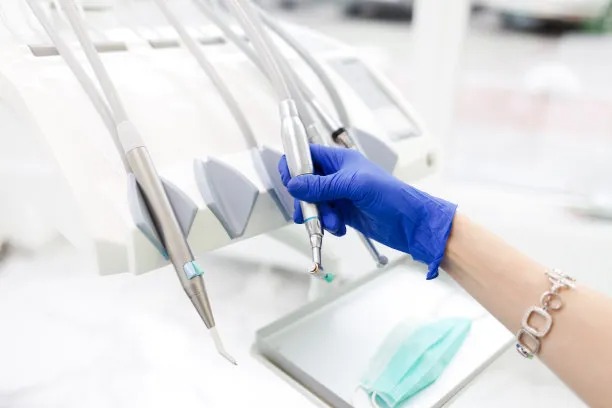Essential Guidelines to Follow for a Successful Dental Filling Experience and Aftercare Tips
Summary: A successful dental filling experience can significantly improve your oral health and comfort. This article outlines essential guidelines covering preparation for the procedure, choosing the right type of filling, understanding what to expect during the appointment, and crucial aftercare tips. Each section provides detailed recommendations aimed at ensuring your visit to the dentist is optimal and recovery is smooth. With the right knowledge and practices, you can enhance your dental care and minimize any discomfort or complications that may arise from dental fillings.
1. Preparation Before Your Dental Filling

Before heading to the dentist for your filling, proper preparation can make a difference in your experience. One of the key steps is to ensure you have shared your complete medical history with your dentist. Inform them about any allergies, medications you are currently taking, or past reactions to dental anesthesia. This information is crucial for safe treatment.
Additionally, its important to maintain good dental hygiene leading up to your appointment. Brush and floss your teeth well to minimize bacteria in your mouth, which can help reduce the risk of infection during and after the filling process. A clean mouth can also help the dentist perform the procedure more effectively.
Finally, consider discussing any anxiety or concerns you might have about the procedure with your dentist beforehand. Modern dentistry offers various options for sedation that can make the process more comfortable, so dont hesitate to ask if this is an option for you.
2. Choosing the Right Type of Filling
There are several types of dental fillings available, and choosing the right one can impact both the effectiveness and aesthetics of your treatment. Common options include amalgam, composite resin, glass ionomer, and ceramic. Each material has its advantages and lifespan, so it’s advisable to discuss these options with your dentist.
Amalgam fillings are durable and less expensive, making them a popular choice for molars where pressure from chewing is the greatest. Meanwhile, composite resins offer a tooth-colored appearance, attracting those who prioritize aesthetics, especially for visible teeth. Your dentist can help you weigh the pros and cons based on your specific dental needs.
Moreover, consider the longevity and maintenance of the fillings. Some materials may require replacement sooner than others, so understanding their durability can assist you in making an informed decision that aligns with your lifestyle and dental health goals.
3. What to Expect During the Appointment
Understanding what happens during your appointment can alleviate anxiety and set clear expectations. The dentist will start by numbing the area around the affected tooth to ensure your comfort during the procedure. This typically involves a local anesthetic, which will help manage any discomfort.
Once youre numb, your dentist will remove any decay and clean the cavity before placing the filling material. Be prepared to feel vibrations or pressure, but not pain, thanks to the anesthesia. The entire process may take anywhere from 30 minutes to an hour, depending on the complexity of the filling needed.
After the filling is placed, your dentist will check your bite to ensure everything feels normal and make any necessary adjustments. It’s crucial to communicate if you feel any discomfort during this phase, as it helps your dentist fine-tune the filling for optimal comfort.
4. Aftercare for Your Dental Filling
Post-care after a dental filling is essential for ensuring long-lasting results. After your procedure, it’s important to avoid eating or drinking for at least 30 minutes until the anesthesia has worn off, as you might accidentally bite your cheek or tongue. Once you feel normal sensations returning, be sure to gradually reintroduce foods that are easy to chew.
Hygiene is even more important after receiving a filling. Continue practicing excellent oral hygiene by brushing twice a day and flossing daily to avoid plaque build-up around the filled area. Consider using an antibacterial mouthwash to reduce the risk of developing decay around the filling.
If you are experiencing any discomfort or prolonged sensitivity, it’s crucial to contact your dentist. Minor sensitivity can be normal, but any persistent pain could indicate complications that need immediate attention. Dont hesitate to seek professional advice.
Summary:
In conclusion, a successful dental filling experience hinges on careful preparation, choosing the correct type of filling, being informed about the procedure, and following proper aftercare tips. Each of these elements plays a vital role in ensuring that your dental health is optimized and that you have a smooth recovery after your treatment.
This article is compiled by Vickong Dental and the content is for reference only.


